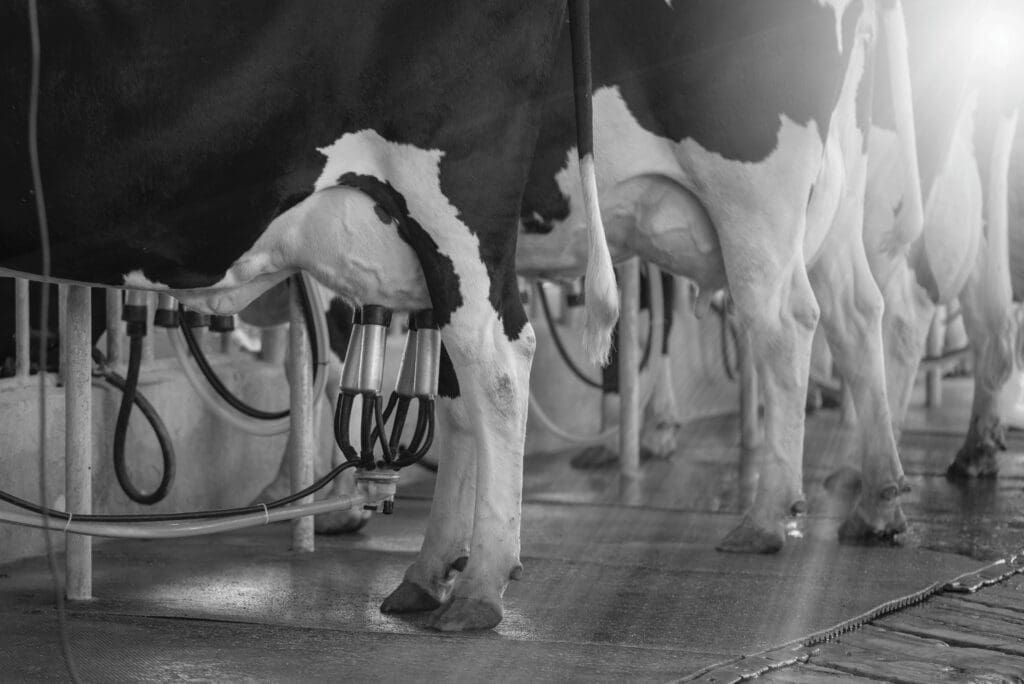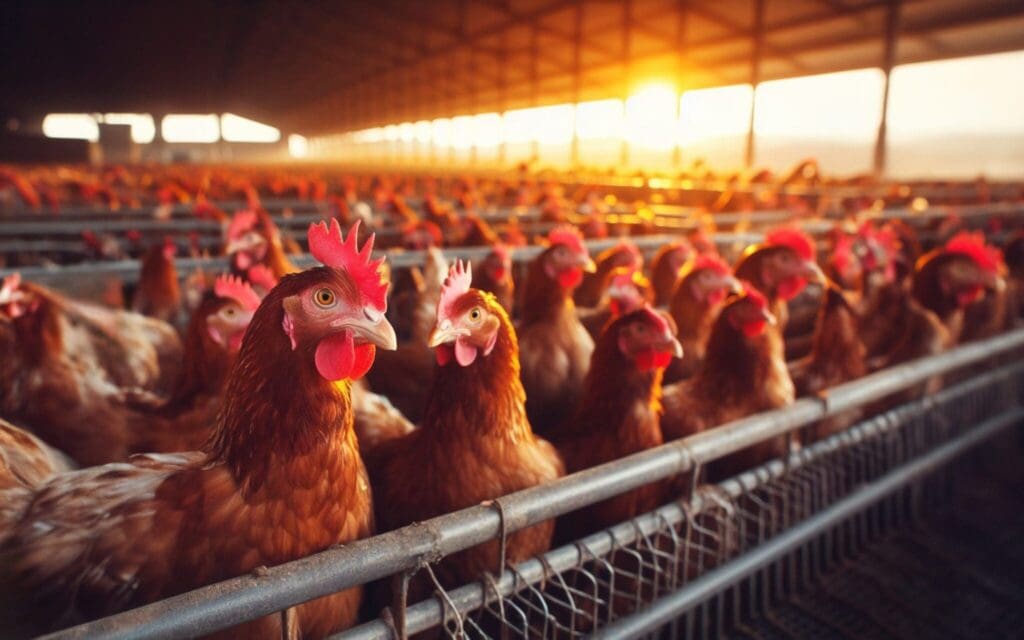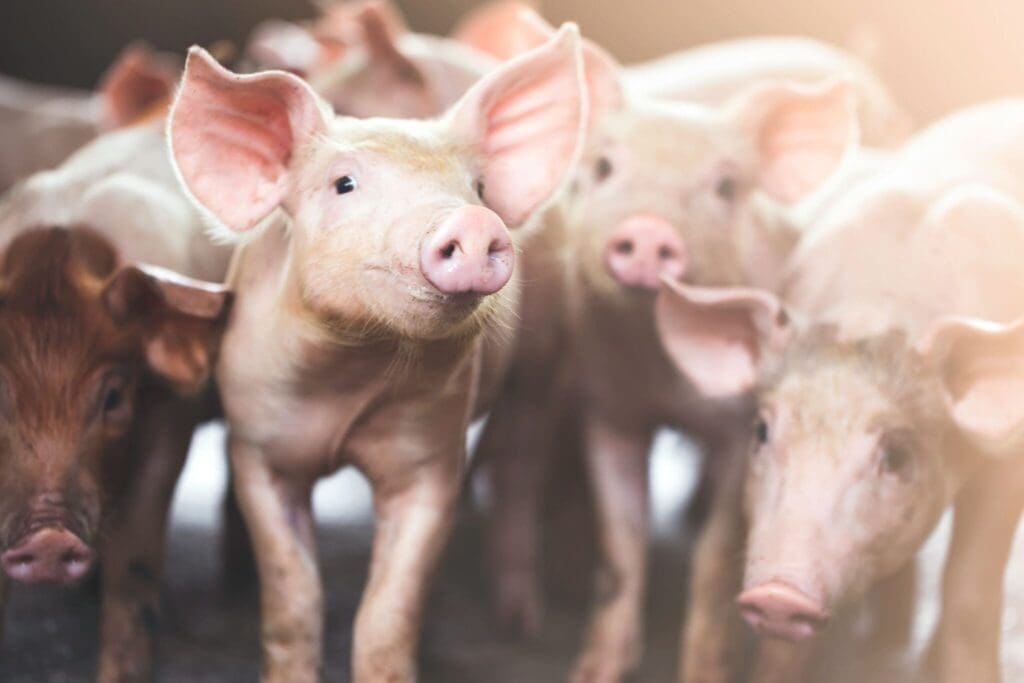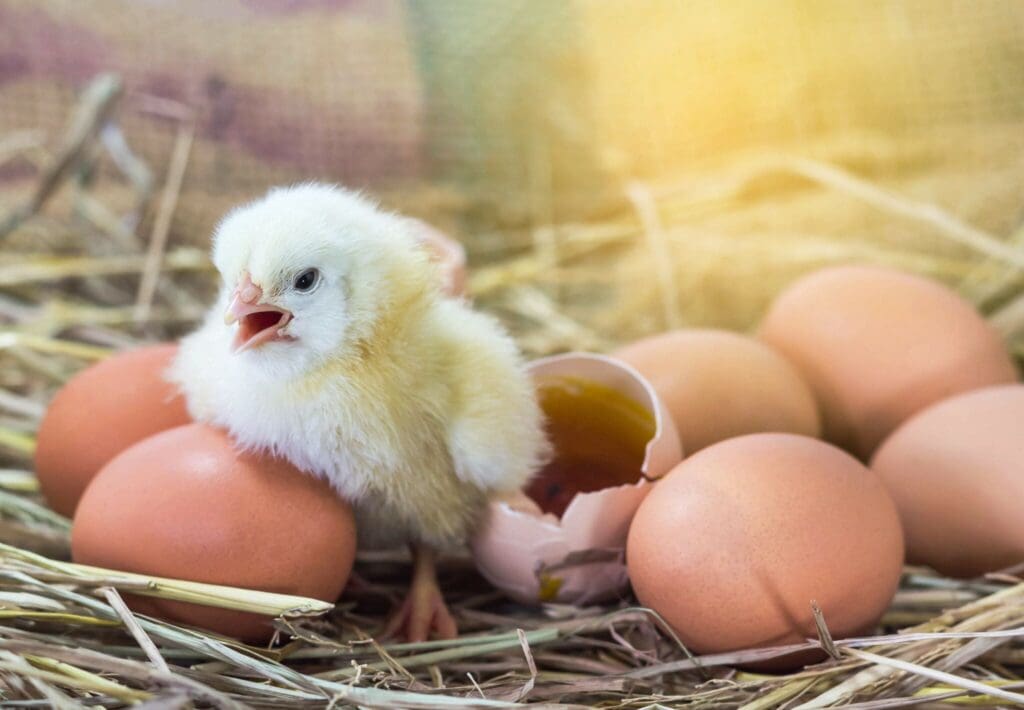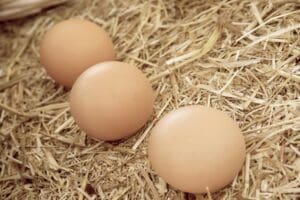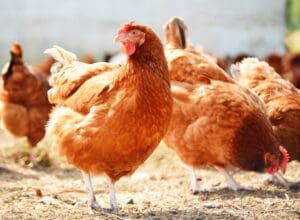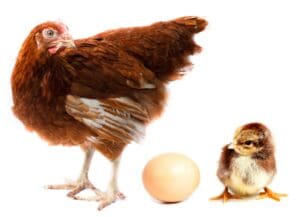Tag Archives: Poultry Nutrition
Trace mineral transfer from hen, to egg, to chick: Improved egg quality for optimum embryonic development
During egg formation in the reproductive tract, minerals are deposited into the egg and eggshell. ...
Jan
Trace mineral transfer from hen, to egg, to chick: Improving hen health and laying performance
Commercial breeding hens are under great pressure to consistently produce high-quality, fertile eggs, at a ...
Jan
Happy liver, happy layer
Avian influenza, also known as bird flu, is a viral infection that primarily affects birds, ...
Jan
Trace mineral transfer from hen, to egg, to chick: Visualising the cycle
The links between parental nutrition, reproduction efficiency, and offspring health have long been established and ...
2 Comments
Jan
Masterclass feedback
“What a privilege attending the Master Class in Broiler and Layer Feed Production, led by ...
Oct
ESPN feedback: Days 2 and 3
The highlight of day 2 at the 23rd European Symposium on Poultry Nutrition (ESPN) was the fantastic ...
Jun
